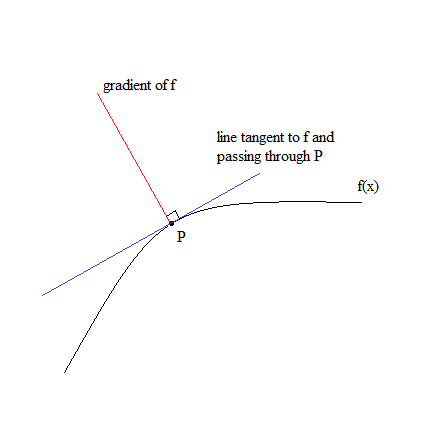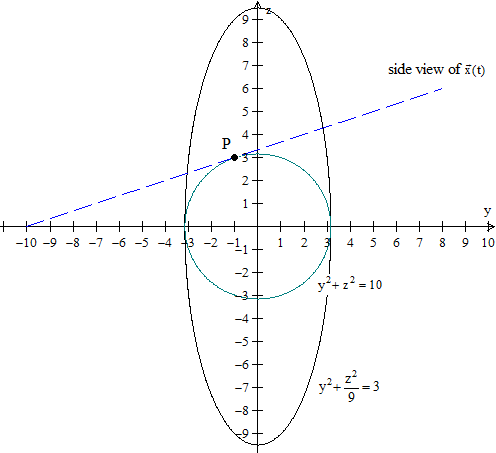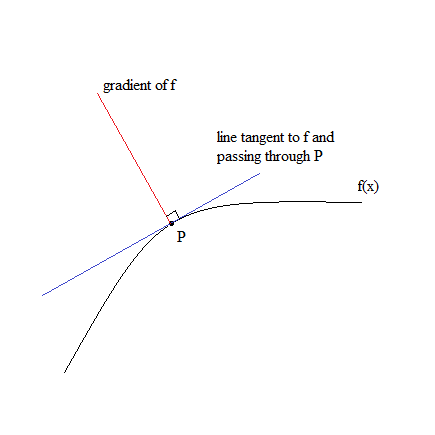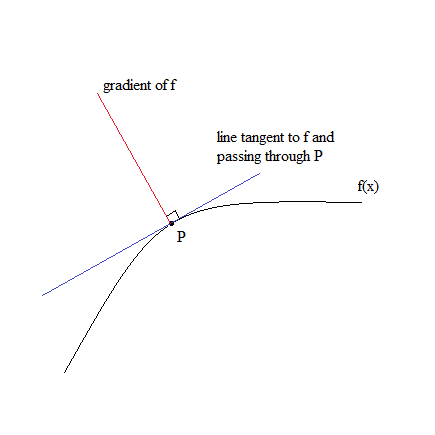Connecting...

This is a quick preview of the lesson. For full access, please Log In or Sign up.
For more information, please see full course syllabus of Multivariable Calculus
For more information, please see full course syllabus of Multivariable Calculus
Multivariable Calculus Further Examples with Gradients & Tangents
Lecture Description
In the last lesson we introduced the notion of the tangent plane. In this lesson we are going to go ahead and do some further examples with the concepts we have been studying recently. We are going to practice more with gradients, tangents, partial derivatives, and things like that just to get a better sense of what is going on. Also, you need to get a sense of the different types of problems you are actually going to run across, and to use what you know about a particular situation to reason out a problem. So we are just going to practice before we actually move on to the next topic, which is going to be directional derivatives.
Bookmark & Share
Embed
Share this knowledge with your friends!
Copy & Paste this embed code into your website’s HTML
Please ensure that your website editor is in text mode when you paste the code.(In Wordpress, the mode button is on the top right corner.)
×
Since this lesson is not free, only the preview will appear on your website.
- - Allow users to view the embedded video in full-size.
Next Lecture
Previous Lecture










































 Answer Engine
Answer Engine







0 answers
Post by Brett Pienaar on October 28, 2024
you would think this organization would keep a decent book mark as to where the student last left off instead of waffling on and on...
1 answer
Tue Oct 16, 2018 10:53 PM
Post by Mohamed Talni on October 15, 2018
Dear Professor Hovasapian,
I really enjoy your explanation and insight.
I have a question that I do not understand:
Consider the first quadrant in the OXY plane in R2. Point O is the origin and the points P and Q are chosen on the y-axis and the x-axis, respectively as it is showed in the figure below. We create a family of line segments like PQ in a way that OP+OQ=10
1.
Determine the equation of the curve which appears by drawing more and more such line segments.
2.
Suppose we want to investigate a similar problem in the three dimensional case. Consider the first octant of the OXYZ in R3. Then we create a family of plane segments such that OP+OQ+OR=10. Then what would be the equation of the surface which will arise by drawing infinitely many such planes.
1 answer
Mon Oct 13, 2014 6:32 PM
Post by sam sohirad on October 11, 2014
hi raffi for example 1, can we use the cross product to find a vector in the direction of the space curve (intersection curve of the planes)?
I dont know if my thought process is correct but as i understood the two planes intersect and then we have a curve of intersection. we are looking for the tangent line at a point on this curve. in order to find the equation of a line we need 2 things; 1 a point on the line (3,2,-6) and a vector pointing in the direction of this line. since the 2 surfaces meet and create a curve, we can find the gradient vector at a certain point on the line. this will give us 2 normal vectors at a certain point of intersection. we can then go on to find the cross product of these 2 normal vectors at a mutual point to find a perpendicular vector at this point, thereby giving us the direction of the line. we then plug into our equation X=tv+P and have the vector equation of a line at the point.
if i use this method will i get the equation of a line that touches the point (3,2,-6)making it an equation of a tangent line?
i also understand what you said about the planes and when they intersect we get a line and that is the equation of our tangent line at that point, but i dont see how we used the planes in example 1? to me it seems we found the gradients of the surfaces.
5 answers
Last reply by: Josh Winfield
Sat May 11, 2013 8:07 AM
Post by Josh Winfield on February 12, 2013
Example 2:You ask to find c'(t) but found c'(0) instead. Which one where we supposed to find?
Example 3: √(152) x √(149) = 150.5 not -150.5
So the angle you get arccos(-150/150.5) = 175.33 (degrees)
1 answer
Thu Sep 6, 2012 2:43 PM
Post by Ian Vaagenes on September 6, 2012
Great course Raffi, you have a real gift for making things understandable. Any chance you'll do a few lectures on measure theory/probability theory?